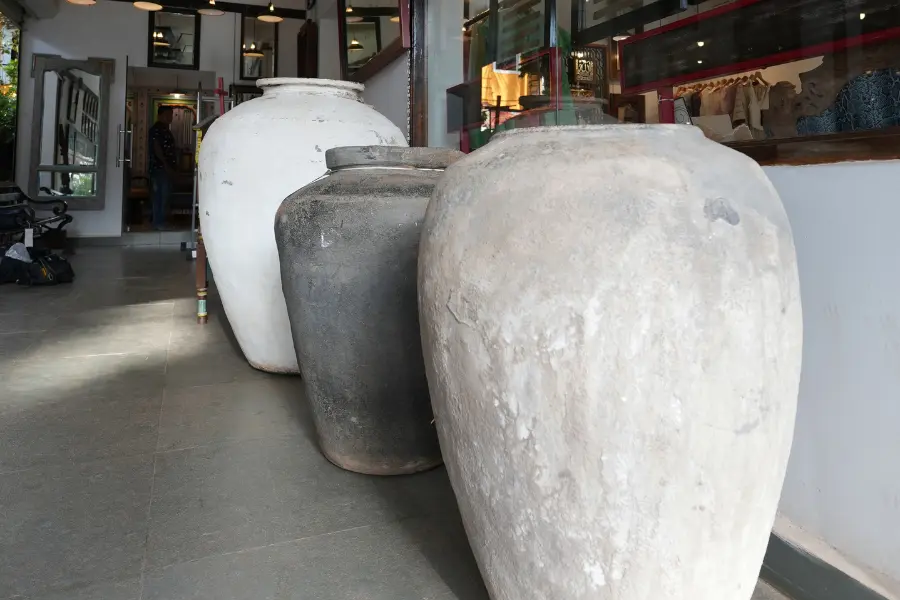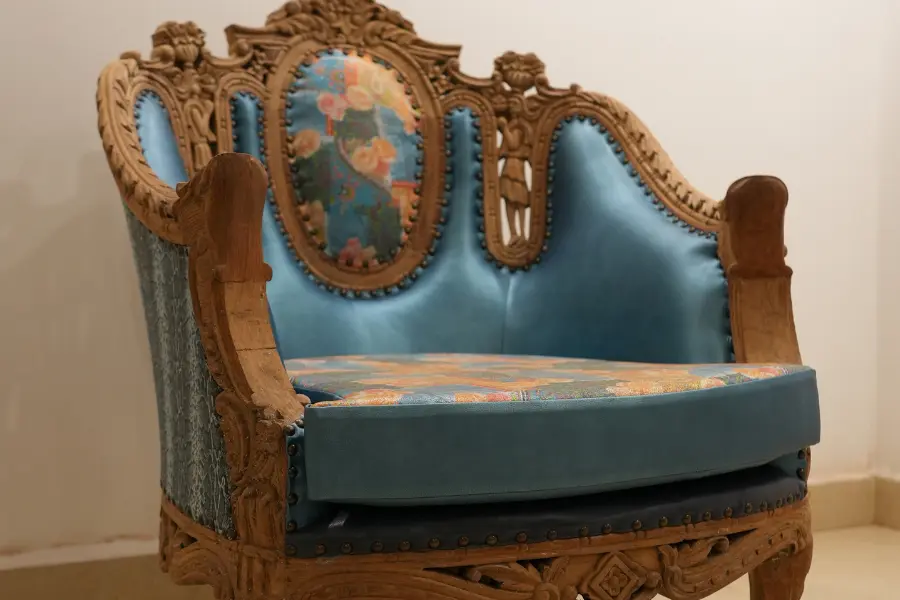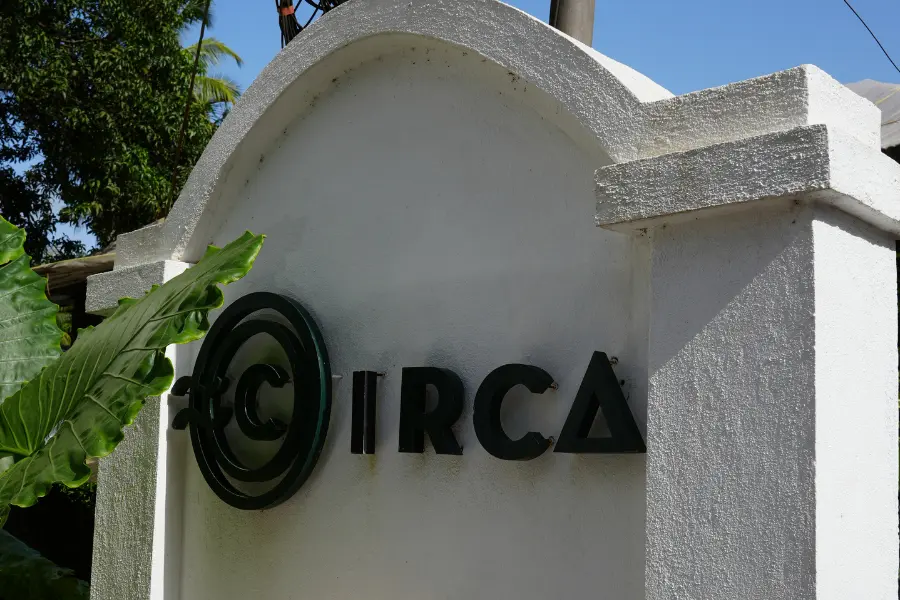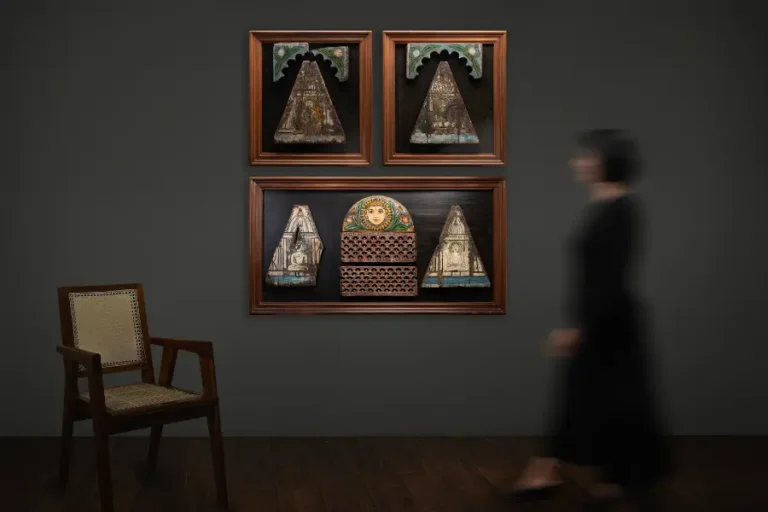Luxury and sustainability are no longer opposing forces. The modern definition of luxury home interior design is evolving, blending indulgence with responsibility, aesthetics with ethics. Today’s discerning homeowners seek spaces that exude elegance while honoring the planet—homes where natural materials, mindful craftsmanship, and energy-efficient innovations come together to create a refined yet sustainable sanctuary.
Designing a luxury home with sustainability in mind doesn’t mean sacrificing opulence. On the contrary, it elevates the experience, offering a sense of authenticity and purpose. Here’s how to curate a home that is both lavish and environmentally responsible.
1. The Art of Sustainable Materials

Luxury is found in quality—materials that are not only visually stunning but also responsibly sourced. The era of mass production is fading, replaced by an appreciation for craftsmanship and natural resources.
- Reclaimed wood brings history and character to flooring, furniture, and paneling. Its rich patina tells a story, making every piece one-of-a-kind.
- Organic textiles like linen, wool, and bamboo silk create a sumptuous feel while avoiding synthetic chemicals and dyes.
- Stone and clay finishes offer timeless beauty while reducing reliance on artificial materials. Lime plaster walls, for example, not only breathe naturally but also add a soft, organic texture to interiors.
By choosing materials that are both exquisite and ethical, luxury home interior design can be as conscientious as it is beautiful.
2. Mindful Craftsmanship: Investing in Timeless Pieces

Luxury is not about excess—it’s about longevity. The finest interiors are curated with intention, favoring bespoke and handcrafted furnishings over mass-produced trends.
- Handcrafted furniture from master artisans ensures superior quality and uniqueness. Whether it’s a sculpted marble coffee table or a handwoven rug, such pieces stand the test of time.
- Locally made decor reduces carbon footprints while supporting traditional crafts. Imagine an intricate hand-carved door from Rajasthan or hand-blown Murano glass lighting—both statement pieces and symbols of sustainability.
- Vintage and antique finds add depth and history to a space, preventing the need for new production while preserving design heritage.
By investing in craftsmanship, a home transcends trends, creating an atmosphere of true, enduring luxury.
3. Energy-Efficient Elegance
A luxury home interior design should not only look extraordinary but also function with efficiency and mindfulness. Today’s technology allows for seamless integration of sustainability without compromising on comfort.
- Smart lighting systems adjust brightness and warmth based on natural daylight, reducing energy consumption while enhancing ambiance.
- High-performance windows and insulation ensure thermal efficiency, keeping homes cool in summer and warm in winter while reducing reliance on artificial heating and cooling.
- Solar-powered solutions—from water heating to whole-house energy systems—allow homes to function independently, blending sustainability with modern convenience.
The most luxurious homes are not just designed for today—they are built with the future in mind.
4. Nature as the Ultimate Luxury
Bringing nature into the home has always been a mark of refinement. Biophilic design—a principle that integrates natural elements into interiors—enhances both beauty and well-being.
- Indoor gardens and green walls purify air while adding a sculptural, organic element to living spaces.
- Natural ventilation and skylights reduce reliance on artificial lighting and air conditioning, making spaces feel open and serene.
- Sustainable landscaping—such as native plants and drought-resistant gardens—ensures harmony between the home and its surroundings.
A luxury home should not just be a place to live—it should be a retreat, a sanctuary that reconnects its residents with nature.
5. Conscious Details: The Final Layer of Luxury

True luxury lies in the details. Thoughtfully curated elements, chosen with both elegance and sustainability in mind, elevate a home from beautiful to extraordinary.
- Non-toxic paints and finishes ensure healthier indoor air quality without compromising on color and texture.
- Sustainable decor accents, such as handwoven baskets, ceramic sculptures, or ethically sourced crystals, add layers of richness and meaning.
- Water-saving fixtures in bathrooms and kitchens combine design with conservation, ensuring indulgence without waste.
Every element of a home—from the grandeur of a statement chandelier to the understated softness of organic linen drapes—can be chosen with both aesthetics and sustainability in mind.
Conclusion: Redefining Luxury for the Future
Luxury is no longer about excess; it’s about intentionality, quality, and responsibility. Luxury home interior design in today’s world is about crafting spaces that inspire, nurture, and endure. A home should feel indulgent, not just because of its beauty, but because it exists in harmony with its environment.
By embracing sustainable materials, timeless craftsmanship, energy-efficient innovations, and a deep connection to nature, homeowners can create interiors that feel not only opulent but also meaningful. The future of luxury is not just about how a space looks—it’s about how it makes you feel, how it respects the world around it, and how it stands the test of time.




